Korean convenience store chain GS25 is officially present in Hanoi . Circle K is no longer alone in the North, the convenience store market is increasingly fierce.
From March 14, the GS25 convenience store chain simultaneously opened its first 6 locations in Hanoi. This convenience store chain from Korea decided to "go North" after gaining a foothold in the Ho Chi Minh City market.
Founded in 1990, GS25 has more than 12,000 stores across Korea. In 2018, the largest convenience store chain in Korea began its plan to conquer the Vietnamese market when it opened its first store in Ho Chi Minh City.
GS25 targets young customers. Currently, GS25 has more than 200 stores, mainly in the South such as Ho Chi Minh City, Can Tho, Binh Duong, Ba Ria - Vung Tau, Dong Nai, Tien Giang ,... According to the plan, within 10 years, GS25 will open 2,500 stores nationwide.
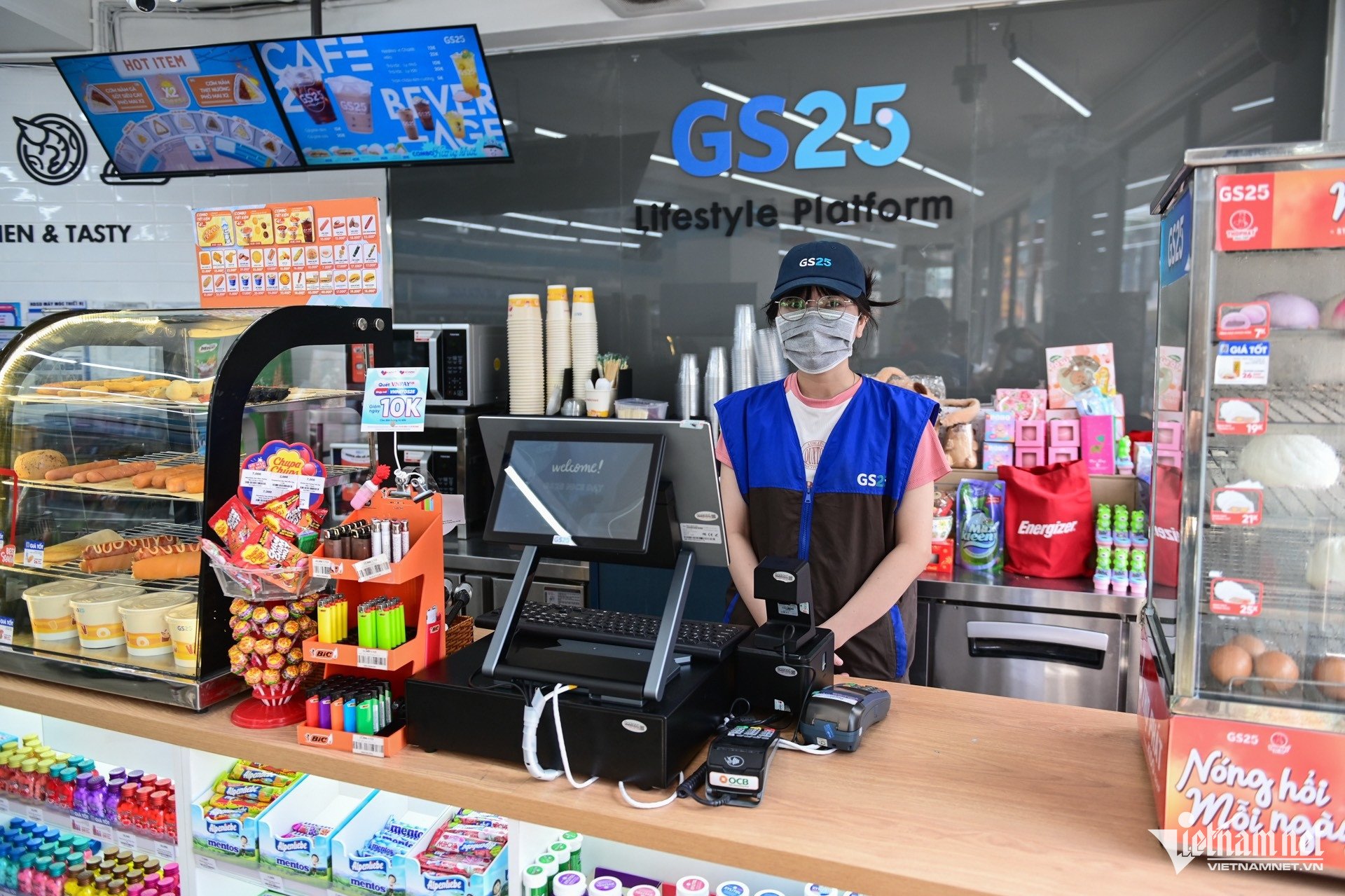
Before GS25, the 7-Eleven convenience store chain also hinted at plans to open in Hanoi. This is the first time 7-Eleven has gone North since entering Vietnam in 2017. 7-Eleven has about 80 stores in Vietnam.
7-Eleven once expressed its ambition to dominate the Vietnamese market when it announced it would open about 1,000 stores in 10 years. However, 7-Eleven's store opening rate is relatively slow and it has not been able to "go North" to gain more market share.
Ministop, a Japanese convenience store chain that entered Vietnam in 2015, is also a formidable competitor but has yet to open a store in the North. Ministop is owned by retailer AEON. This convenience store chain has opened 191 stores in Ho Chi Minh City, Binh Duong, and Long An.
Circle K is no longer alone
In Hanoi, convenience store chains like Circle K almost monopolize the market. This chain of stores attracts a lot of young people because of its 24/7 business model. Not just a place for quick shopping, these stores have also become check-in, gathering and experience places for young people.
Currently, Circle K has more than 190 stores in Hanoi. In the North, Circle K has also expanded to provinces such as Thai Nguyen, Hung Yen, Bac Ninh, Hai Phong, Quang Ninh,...
With the entry of GS25 or 7-Eleven, the convenience store market in the capital will no longer be just Circle K's game.
According to statistics, by 2024, Vietnam will have about 1,374 convenience stores, with Ho Chi Minh City leading the market. In fact, the brands that dominate the convenience store market share in Vietnam are all from abroad.
Circle K is considered the strongest player when it holds the leading position in market share. In terms of revenue in 2023, Circle K accounts for 38% of the market share, followed by Ministop (15%), GS25 (14%), Family Mart (12%) and 7-Eleven (8%).
As one of the fastest growing models among modern retail formats in Vietnam, convenience stores are forecast to add US$226.4 billion, with a compound annual growth rate (CAGR) of over 13% from 2023 to 2028.
According to experts, although it only accounts for a small proportion of total retail sales of goods (about 0.3%), the growth potential of this market is assessed to be very large thanks to some characteristics of population structure, urbanization rate, the increase of the middle class and the development of the tourism industry.
Despite assessing the potential, it is not easy for a brand to survive and thrive, especially in the Northern region. In fact, in recent times, many convenience store chains, despite having international reputations, have had difficulty surviving in Vietnam and had to leave the market.
Family Mart entered the Vietnamese market in 2009 in a joint venture with Phu Thai Group. However, due to continuous losses and unsuccessful restructuring efforts, the joint venture collapsed in 2013 and Thai convenience store chain operator B's Mart acquired all stores in Vietnam.
The chain of 87 Shop&Go stores was suddenly transferred to VinCommerce for $1, after a long period of operating at a loss.
In the 2010s, Shop&Go was still the convenience store chain with the largest network in Vietnam. By 2013, the chain had reached 100 stores while other competitors had less than 30 points.
Meanwhile, Shop & Go's financial report shows that in 2016, the system achieved 267 billion VND in revenue and lost nearly 40 billion VND. By the end of 2016, Shop & Go had accumulated losses of 205 billion VND while its charter capital was only 1.27 billion VND.
Before selling for $1, the chain experimented with different models, such as franchising and converting grocery stores into convenience stores.
The market is so competitive that if the business is not effective, it is better to close than to maintain. The representative of Shop and Vitality Joint Stock Company said that this decision to withdraw was made after realizing that the fierce competition in the retail market is not as simple as imagined.
According to experts, competition between convenience store chains will become even fiercer in the coming time, because the market still has a lot of room.
Source: https://vietnamnet.vn/them-doi-thu-nang-ky-ong-lon-circle-k-khong-con-co-don-2380590.html







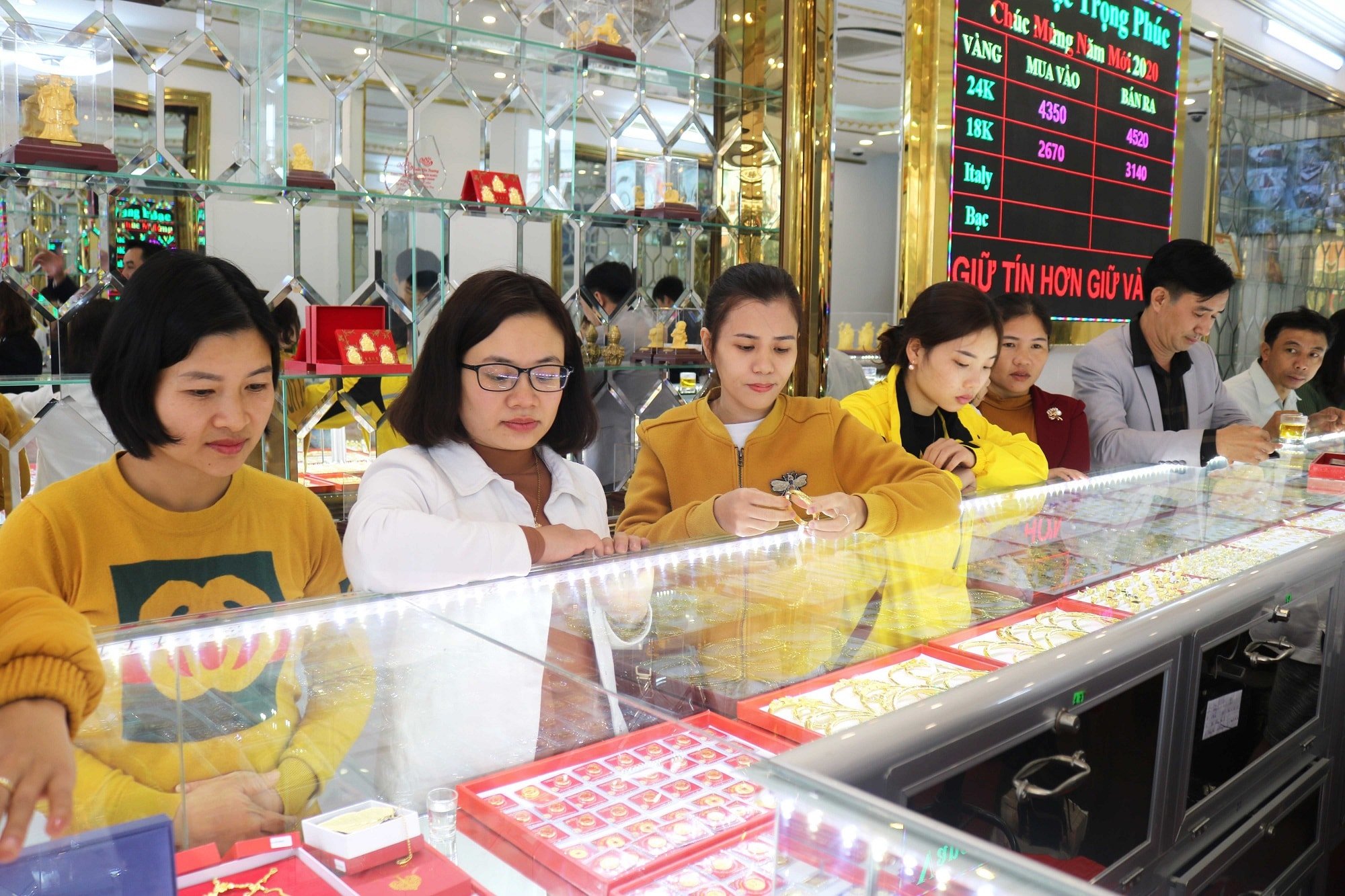
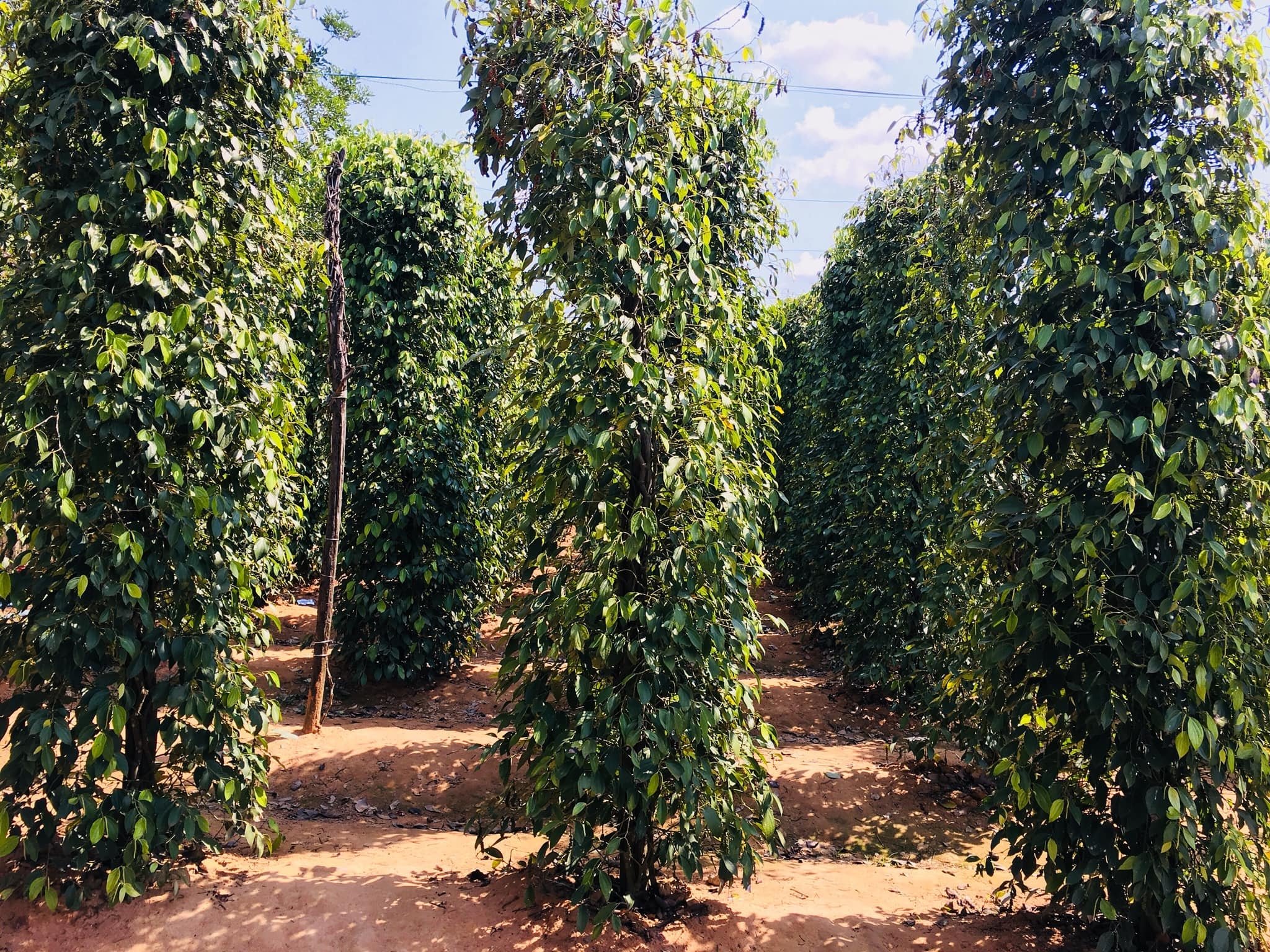


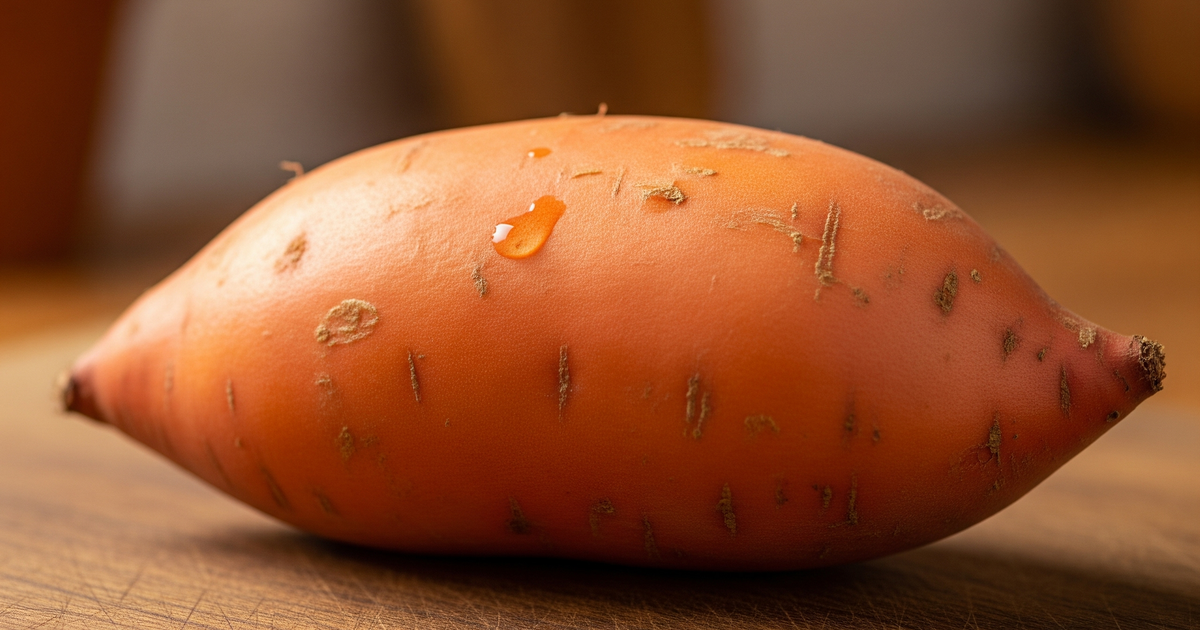








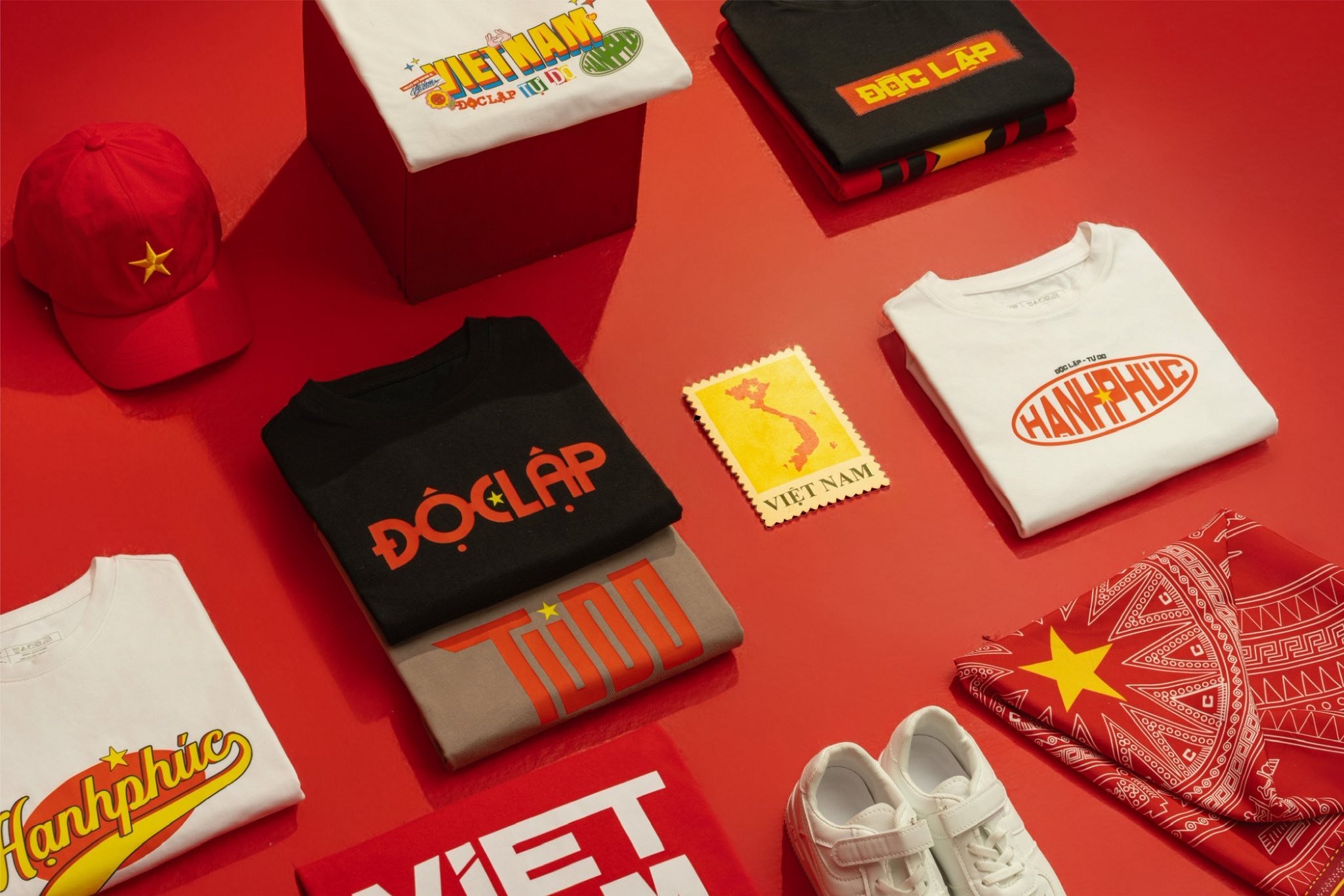


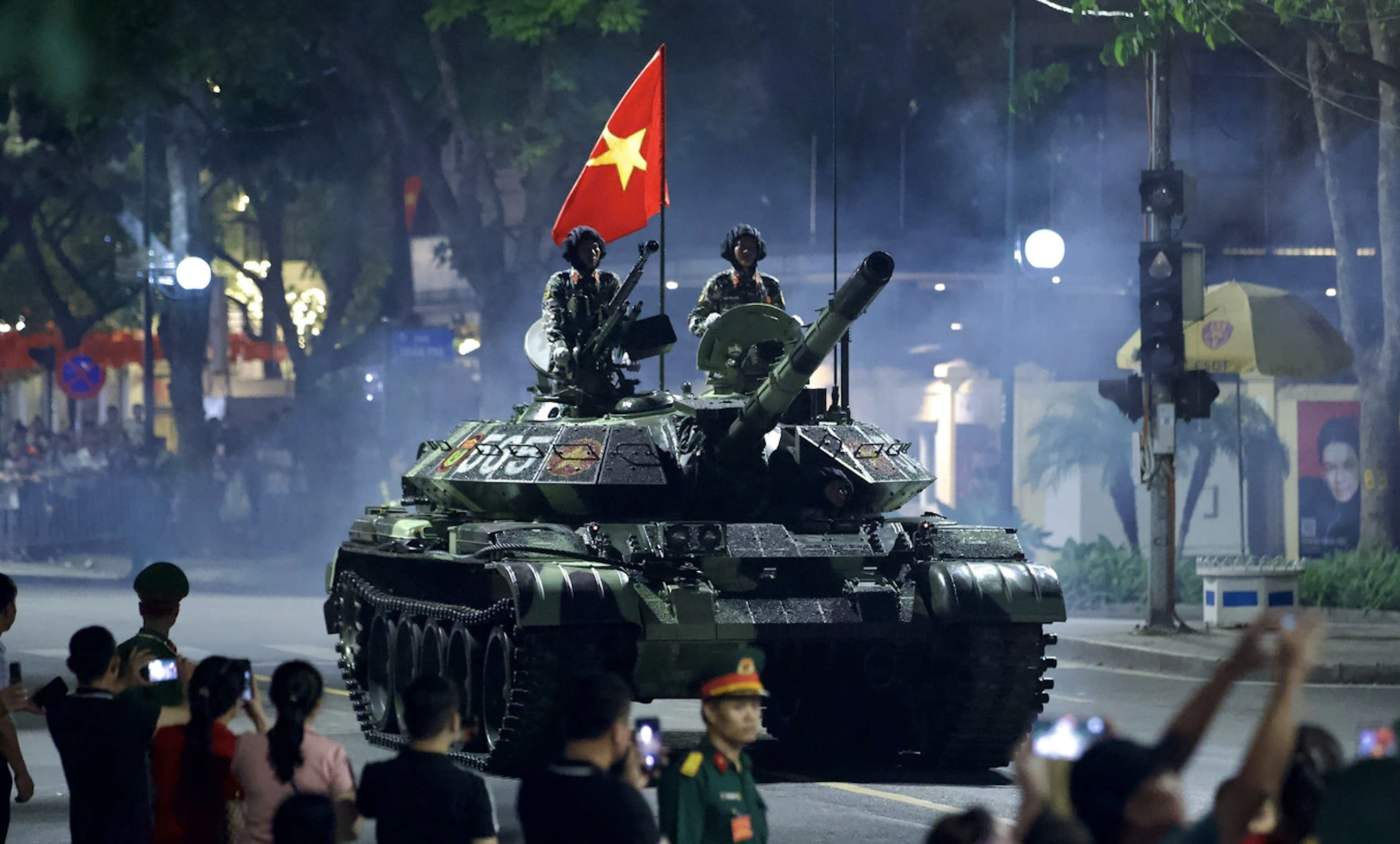




![[Photo] An Phu intersection project connecting Ho Chi Minh City-Long Thanh-Dau Giay expressway behind schedule](https://vstatic.vietnam.vn/vietnam/resource/IMAGE/2025/8/21/1ad80e9dd8944150bb72e6c49ecc7e08)

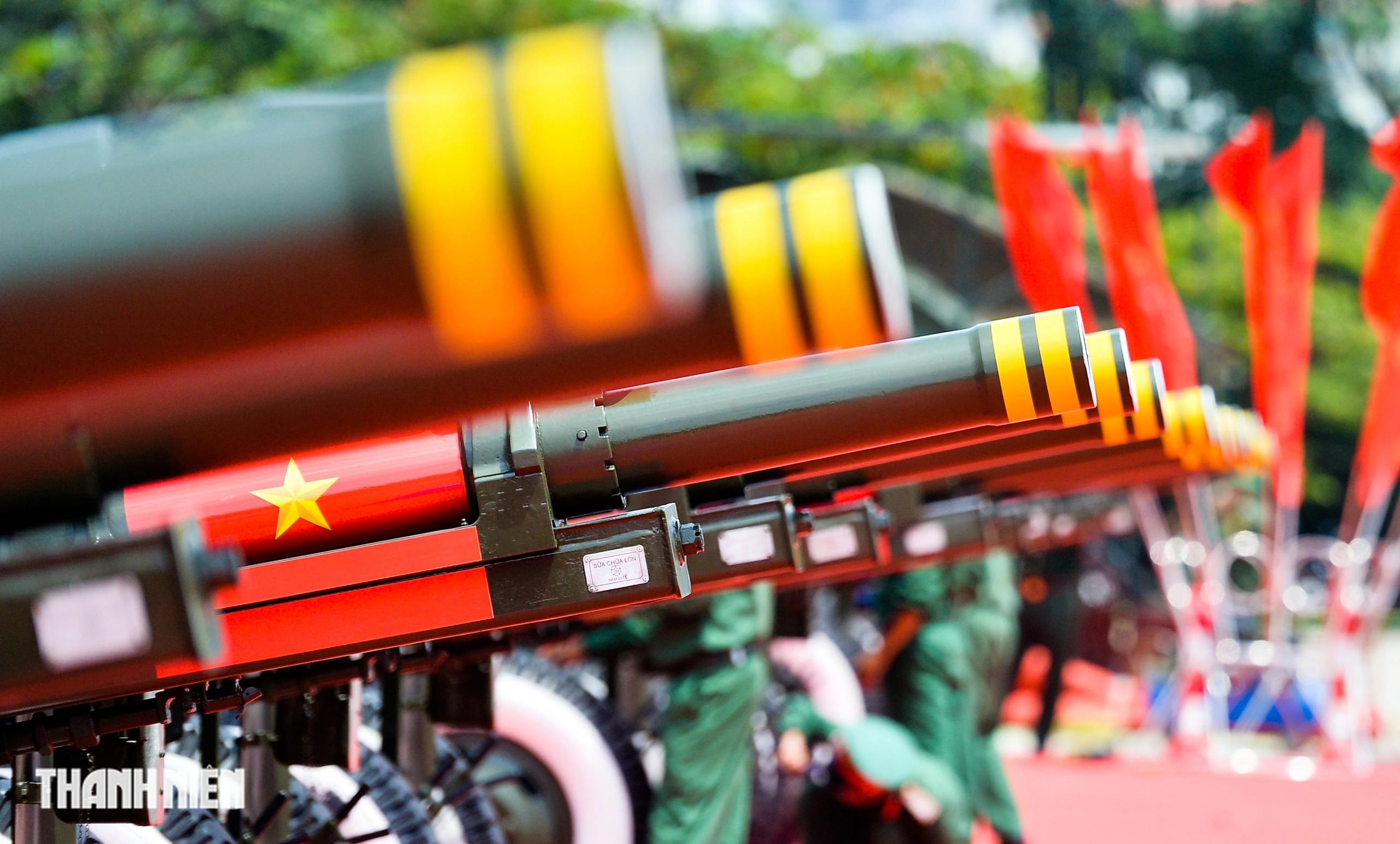

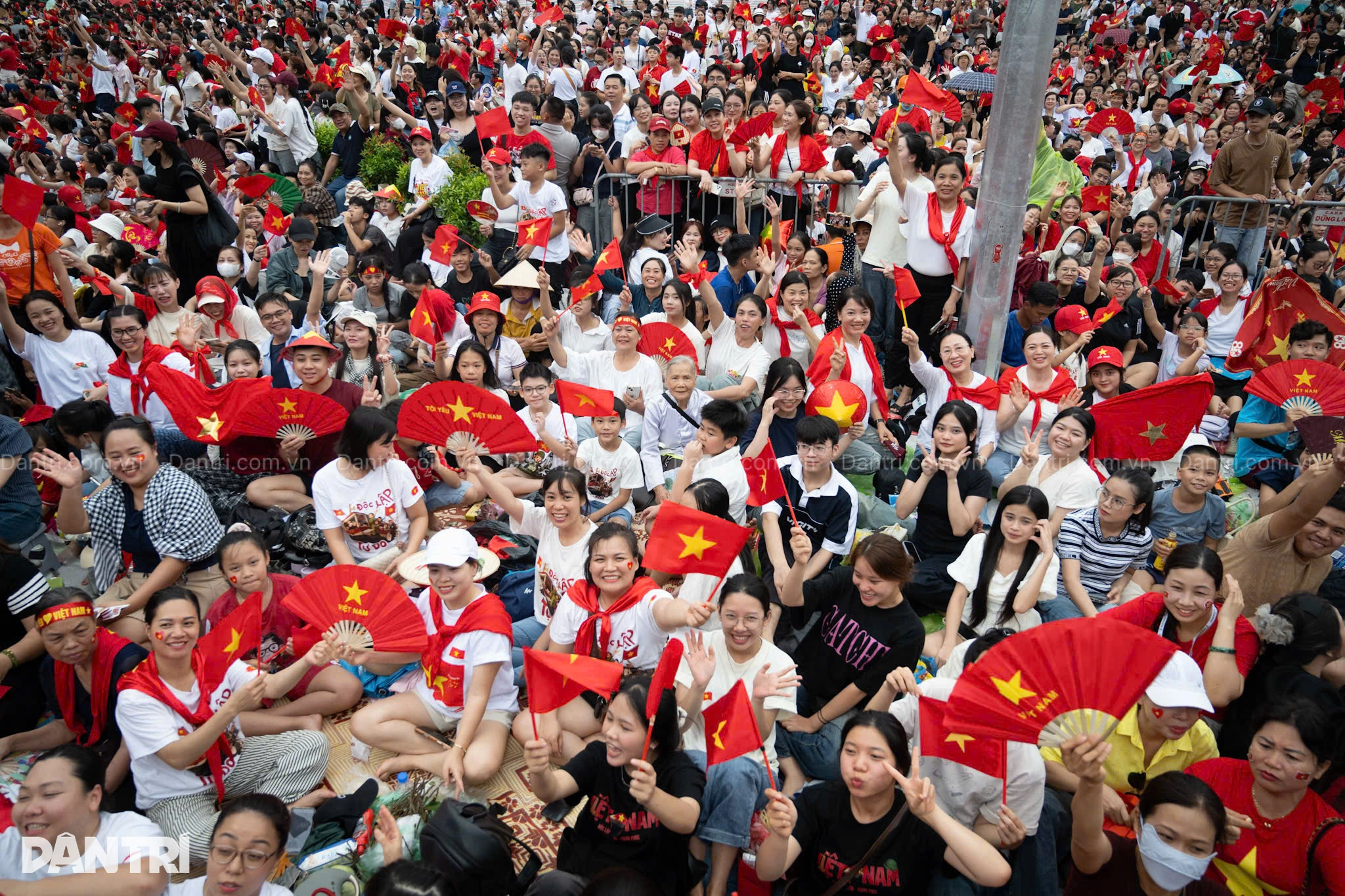




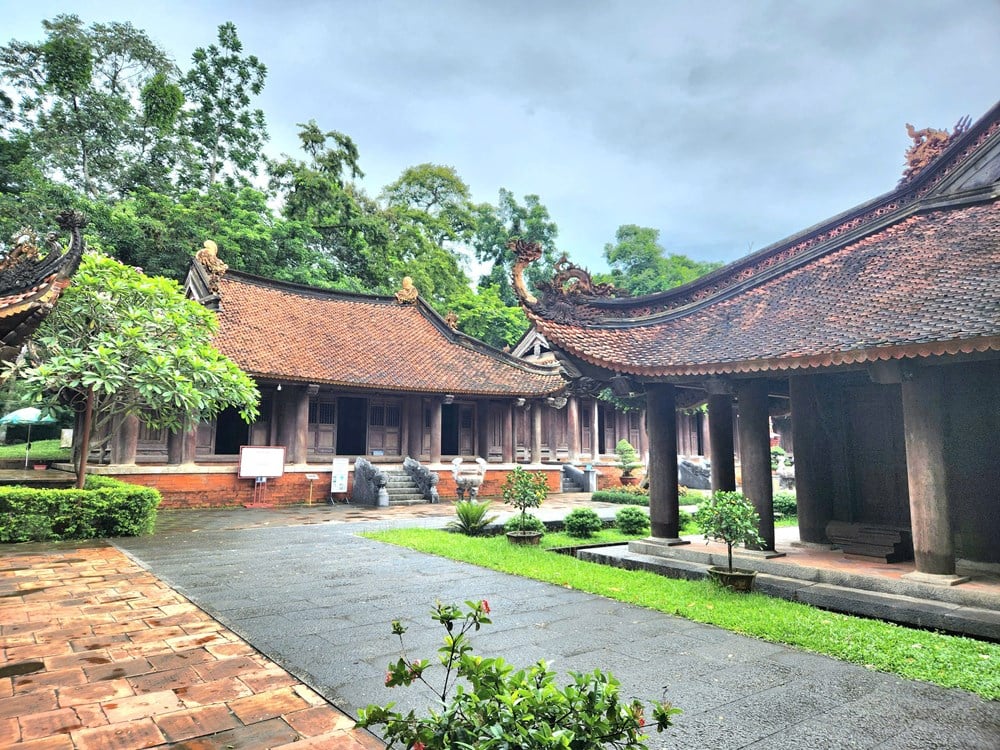
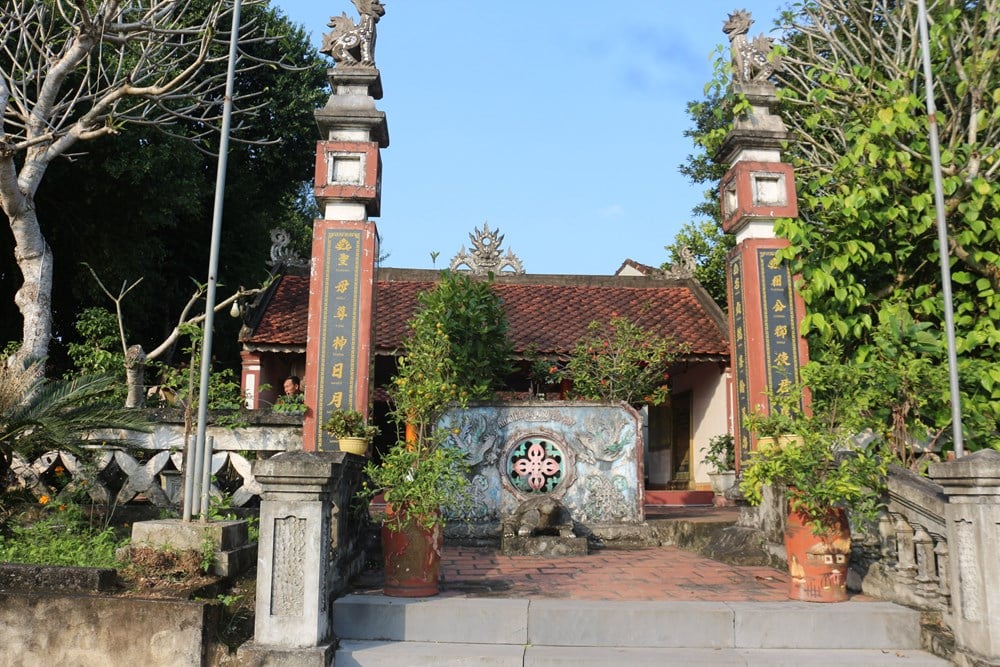




















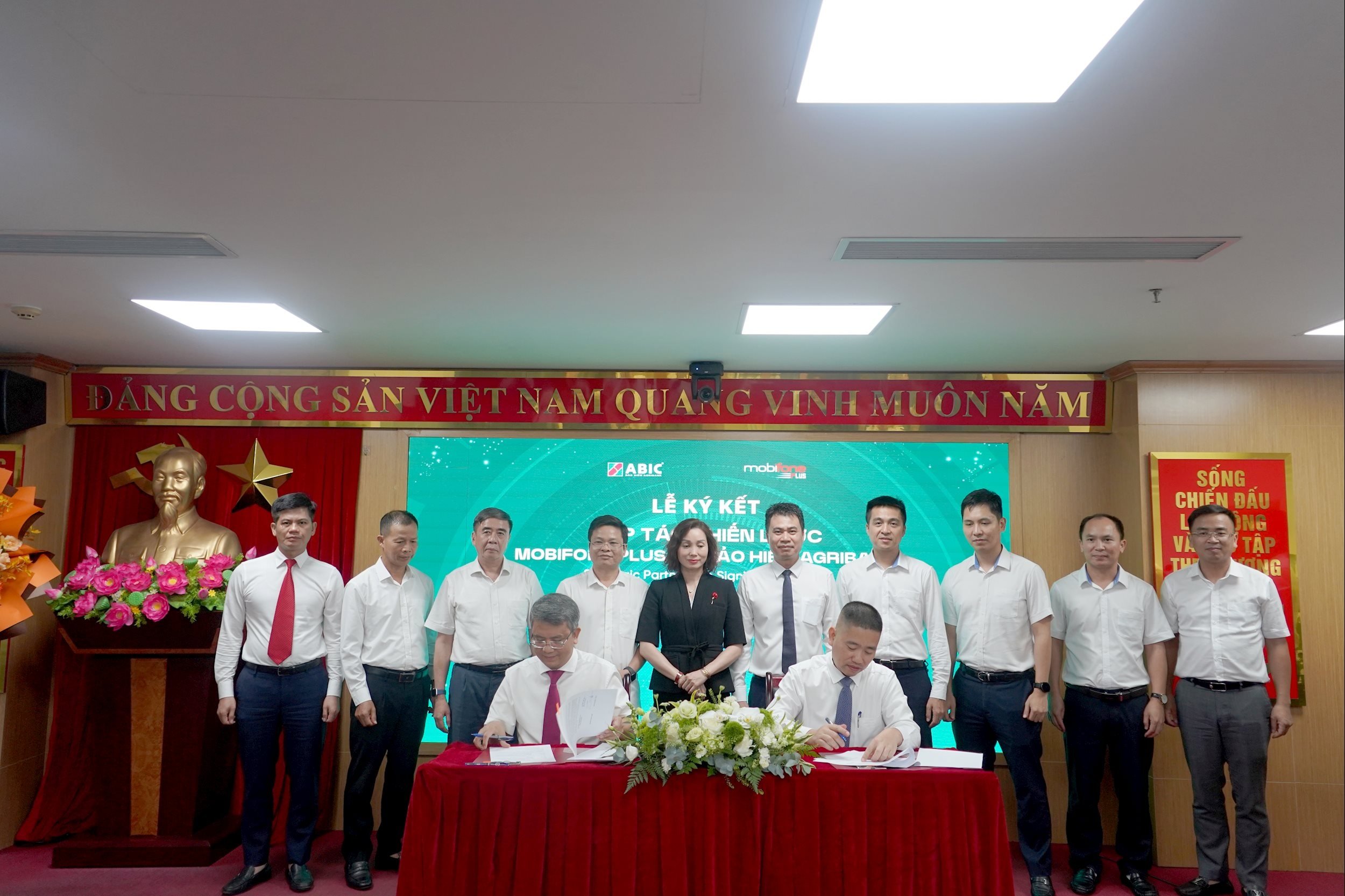



![[Photo] Politburo works with the Standing Committee of Hanoi Party Committee and Ho Chi Minh City Party Committee](https://vstatic.vietnam.vn/vietnam/resource/IMAGE/2025/8/21/4f3460337a6045e7847d50d38704355d)

















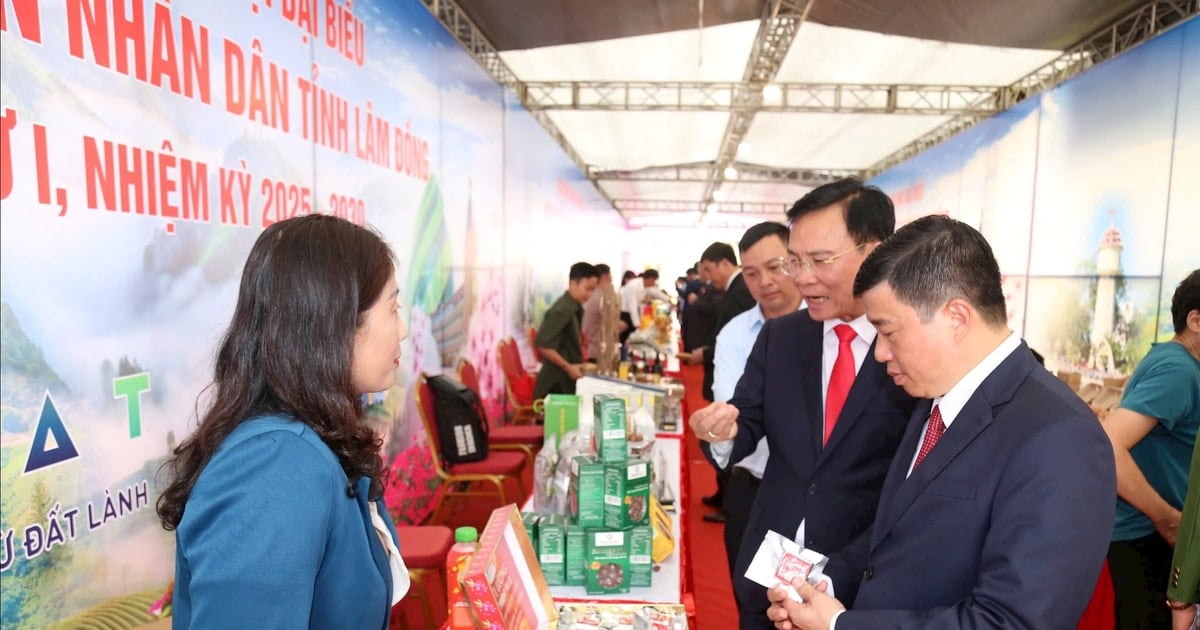

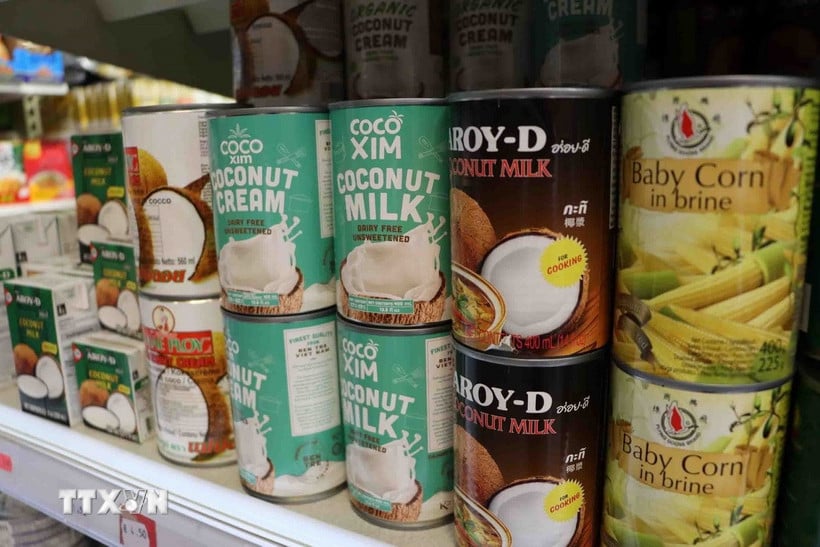

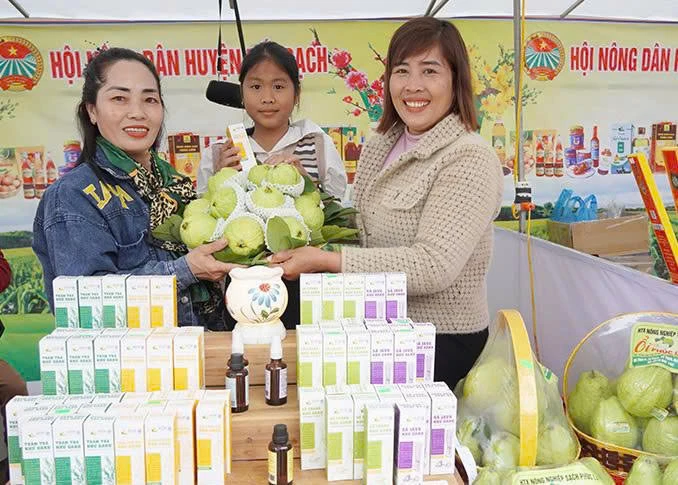


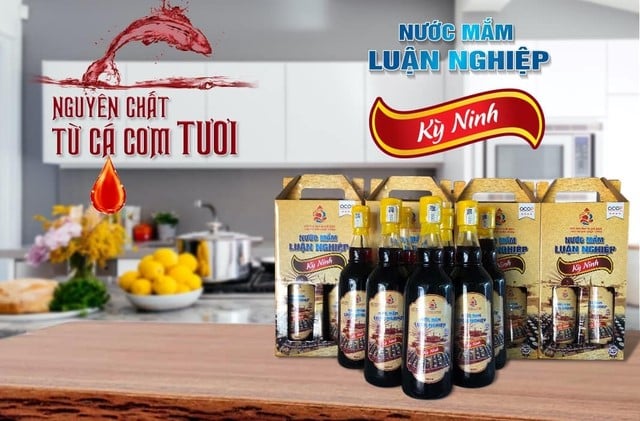

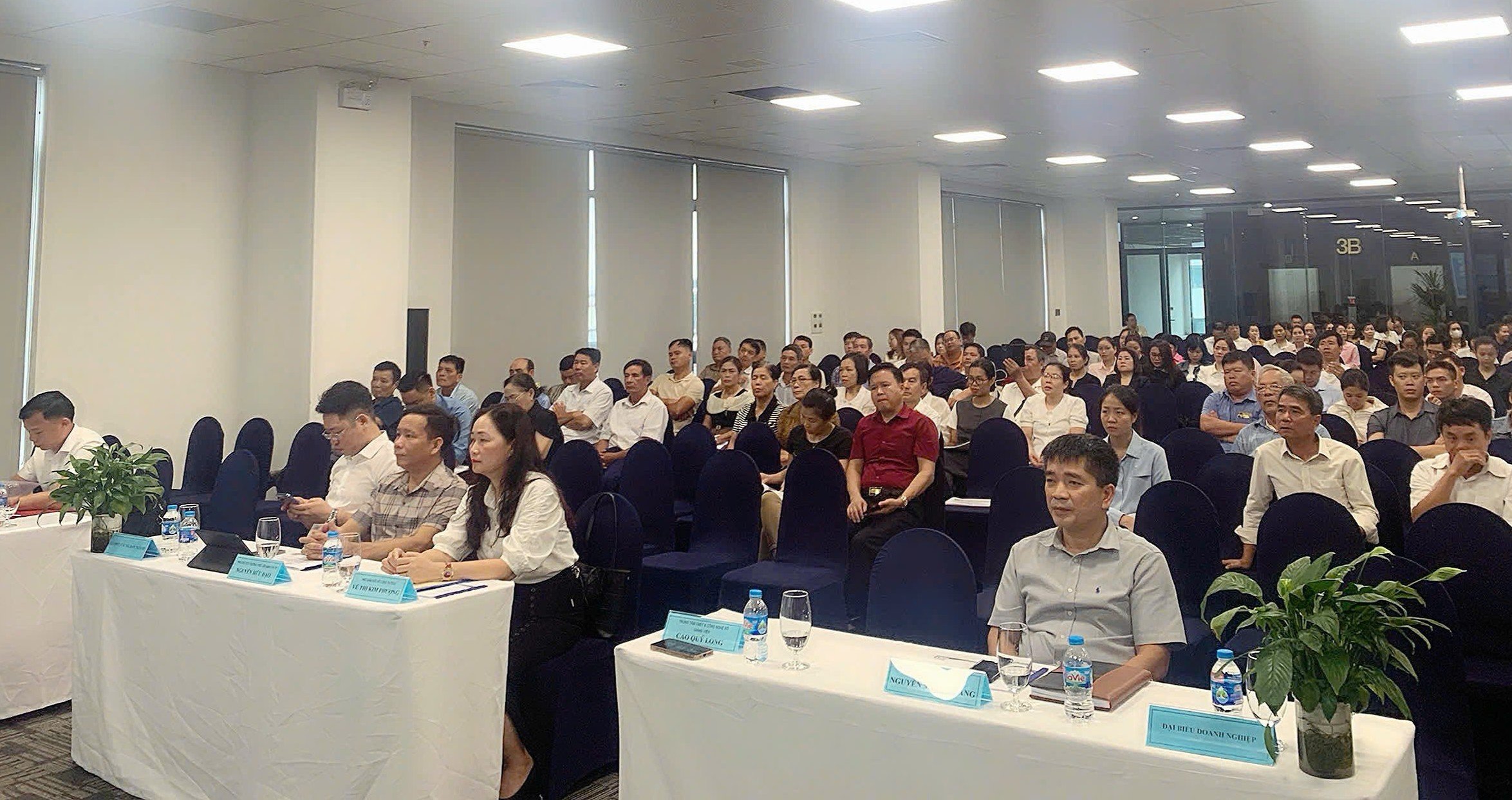






Comment (0)